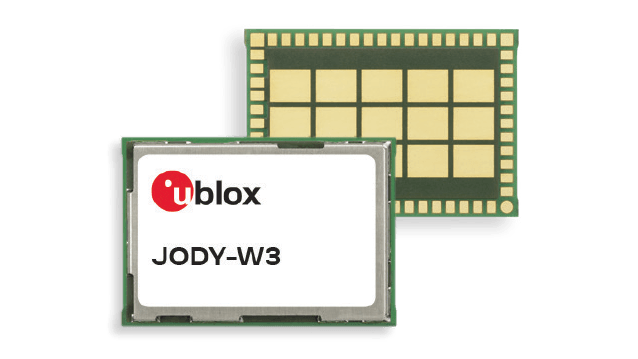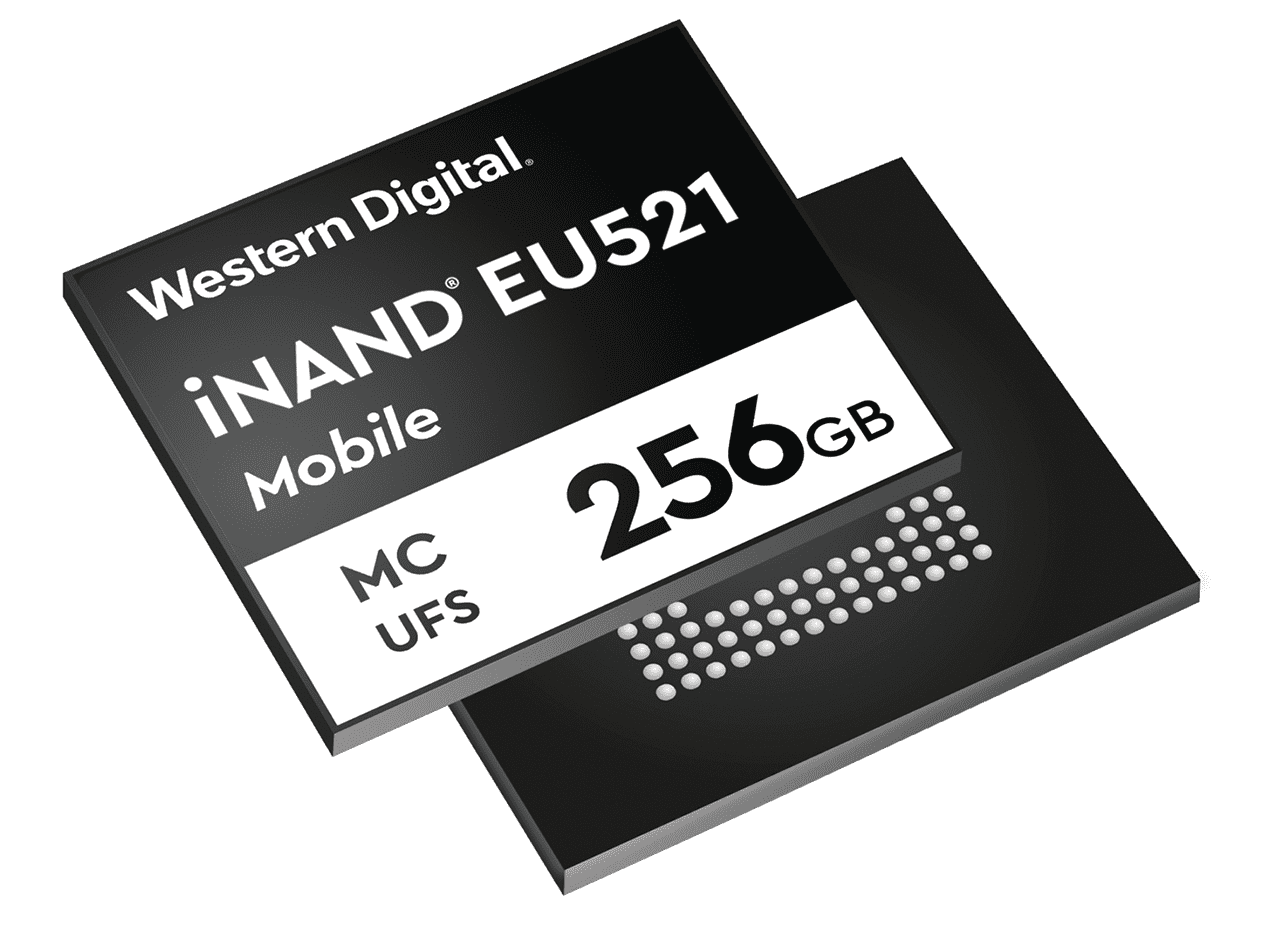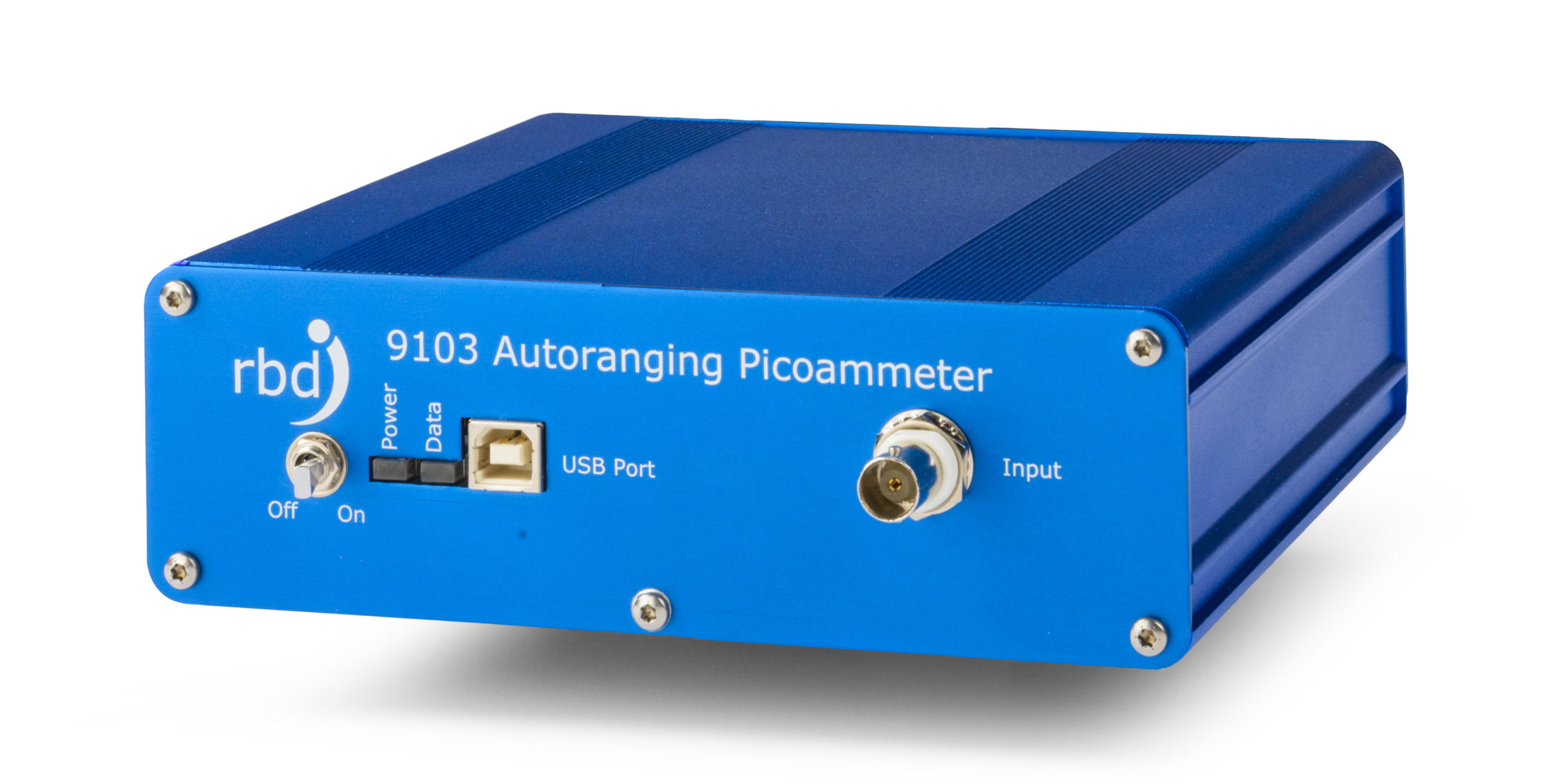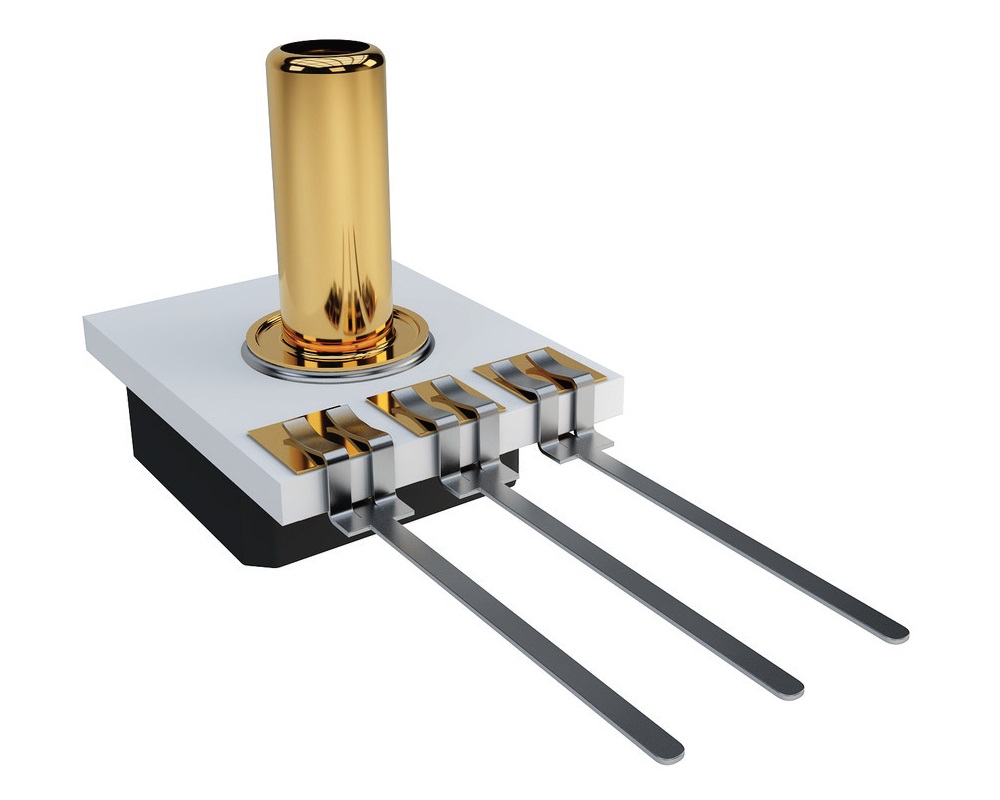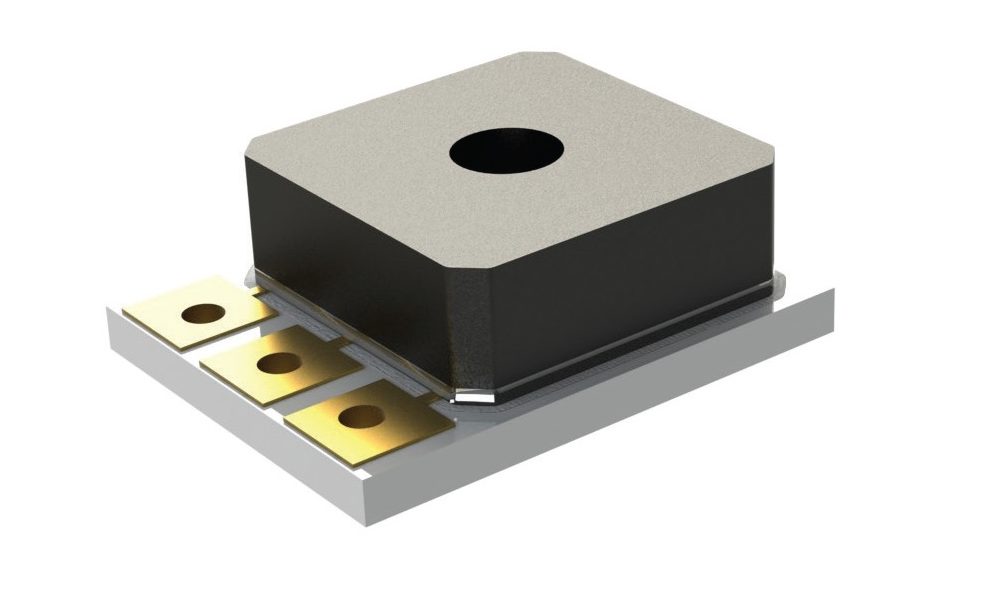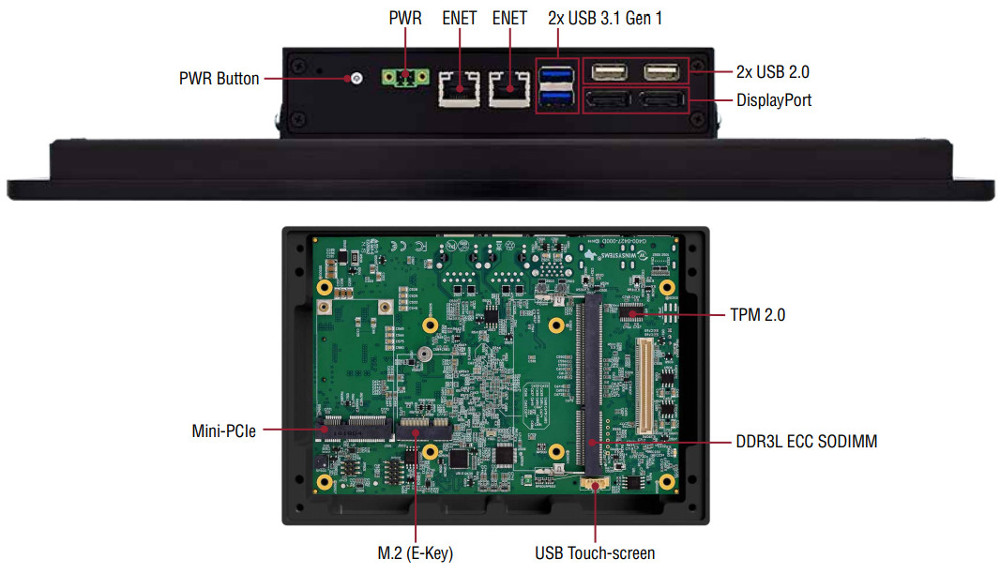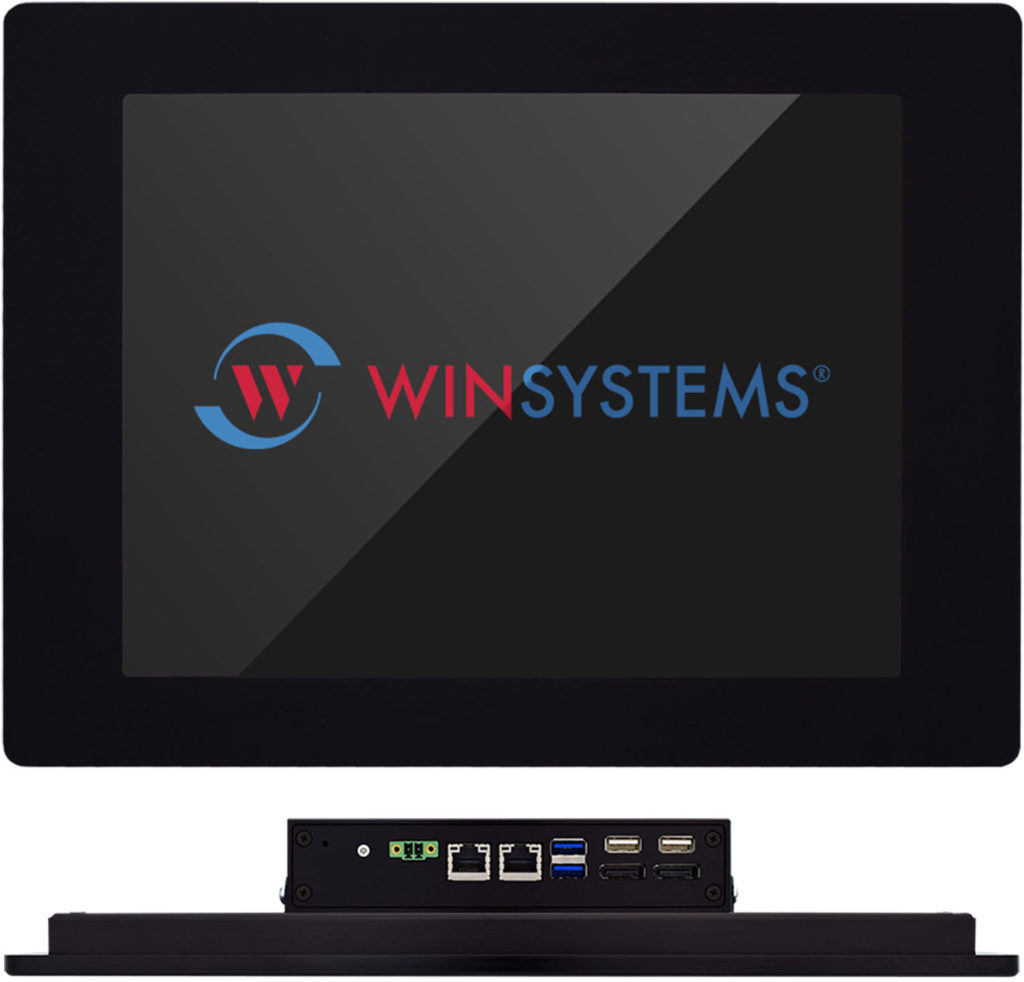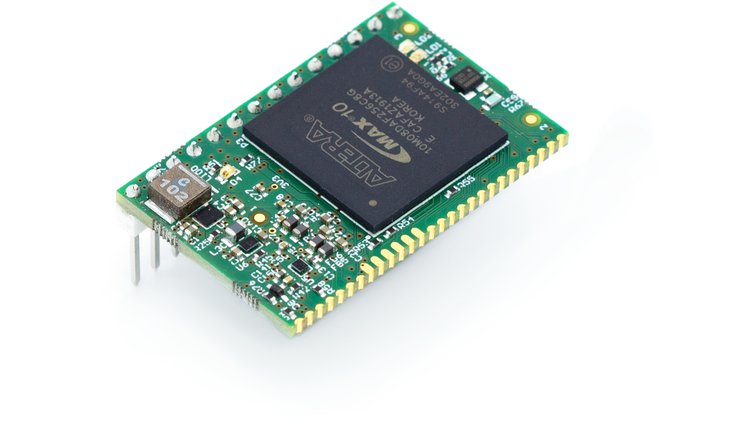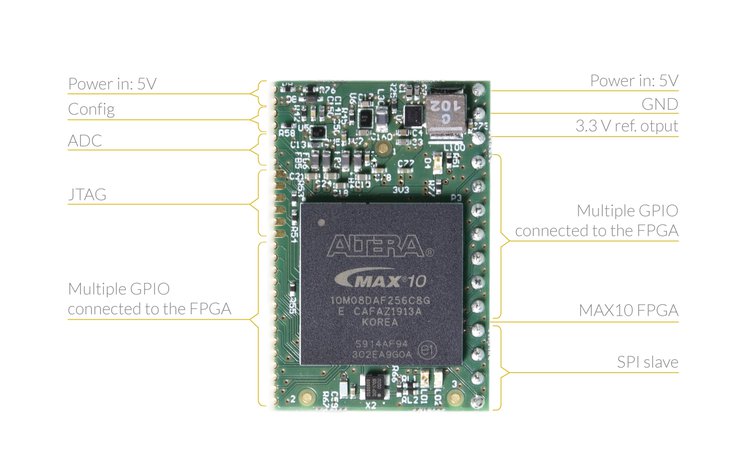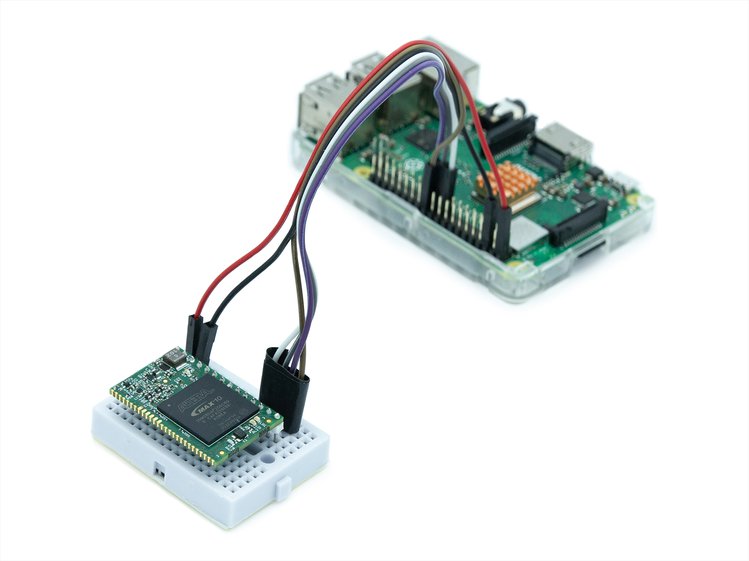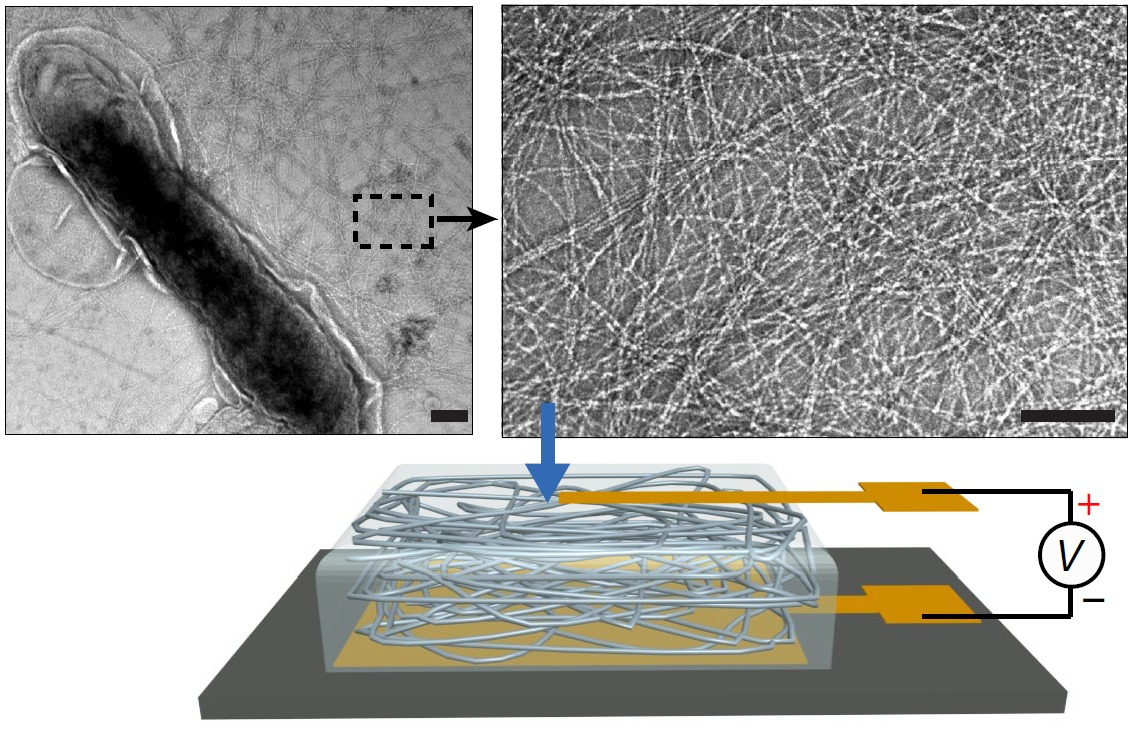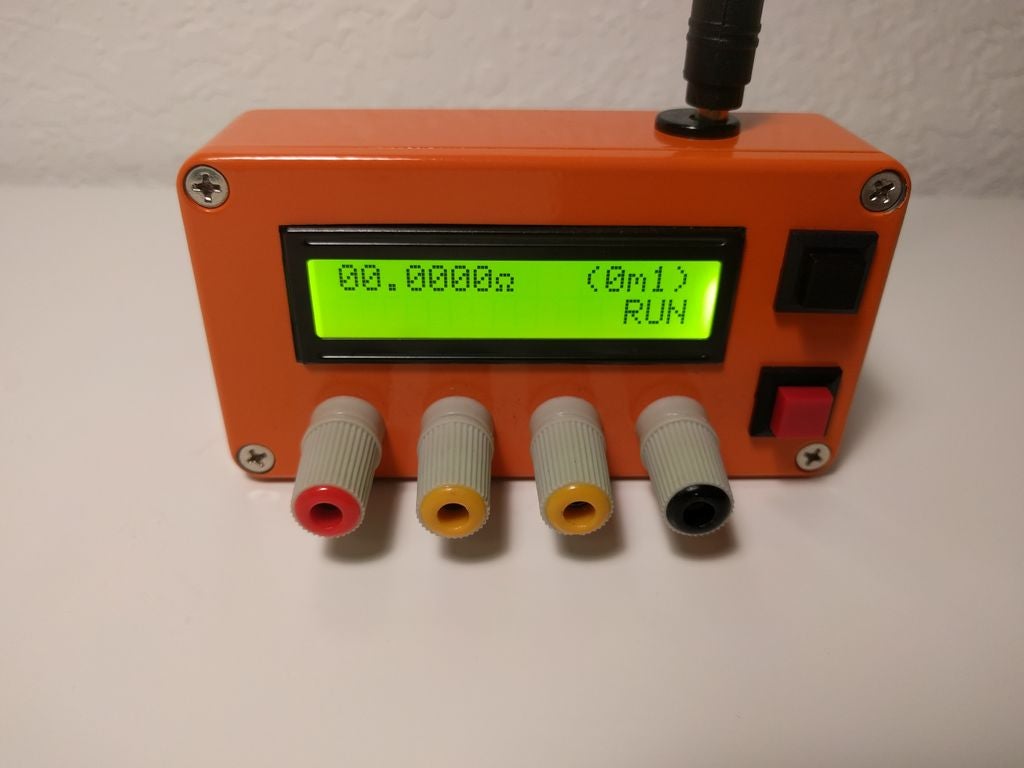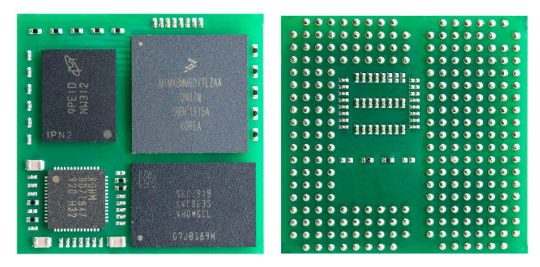Driving new user experiences in automotive infotainment thanks to concurrent dual Wi‑Fi support and Bluetooth 5.1.
u‑blox, a global provider of leading positioning and wireless communication technologies, has announced the JODY‑W3 series, multiradio modules featuring Wi‑Fi 6 with 2 x 2 MIMO and dual‑mode Bluetooth 5.1. Supporting the latest IEEE 802.11ax standard, also known as Wi‑Fi 6, JODY‑W3 is designed for the increasing number of wireless high speed connections that will be required in the vehicle. This ranges from ultra‑HD video infotainment streaming and screen mirroring, to wireless back‑up cameras and cloud connectivity as well as vehicle systems maintenance and diagnostics. Bluetooth 5.1 provides direction finding along with long range, enabling applications such as keyless entry systems.
“Wi‑Fi 6 delivers a leap in performance over previous Wi‑Fi standards, delivering functionality that makes it ideal for use in automotive systems, both in OEM equipment and aftermarket telematics solutions,” says Håkan Svegerud, Senior Director, Product Strategy Short Range Radio at u‑blox.
JODY‑W3 operates simultaneously at 2.4 GHz and 5 GHz to enable the highest possible performance in terms of data rates. The new Wi‑Fi 6 standard also allows for a higher density of devices and less data congestion, precisely the environment found in the vehicle. Concurrent dual Wi‑Fi together with Bluetooth ensure that optimal data transfer is achieved while maintaining stable and clear telephony links. Naturally, Wi‑Fi 6 is backwards compatible with previous standards, enabling continued interoperability with legacy hardware.
JODY-W3 specifications:
- Connectivity
- Dual-band 802.11ac WiFI 5 and 802.11ax WiFI 6 with 2×2 MIMO support, WPA3 security
- Bluetooth 5.1 Classic and Low Energy; HCI profile
- Antennas
- JODY-W374 variant – 2x antenna pins for separate Bluetooth and Wi-Fi external antennas
- JODY-W377 variant – 2x antenna pins for Wi-Fi and one antenna pin for Bluetooth external antennas
- Interfaces – UART, PCM (Bluetooth audio), PCIe, SDIO
- Dimensions – 19.8 × 13.8 × 2.5mm
- Temperature Range – -40°C to +85°C
The JODY‑W3 module series also provides simultaneous operation modes supporting Access Point (AP), with up to 32 stations, Station (STA) and Wi‑Fi Direct (P2P). This opens up new approaches to the implementation of over‑the‑air (OTA) updates, wireless vehicle diagnostics, interaction with electric vehicle charging infrastructure, and map updates. Security support for WPA3 is also implemented, delivering more robust authentication and increased cryptographic strength.
Offered in a compact 13.8 x 19.8 mm form factor, this new series is compatible with u‑blox JODY‑W1 and JODY‑W2 modules. The module is automotive grade, conforming to AEC‑Q100 Grade 2.
Learn more about JODY‑W3 by visiting the u‑blox Stand 3‑139 in the M2M zone of Embedded World, 25 – 27 February, Nuremberg, Germany.


